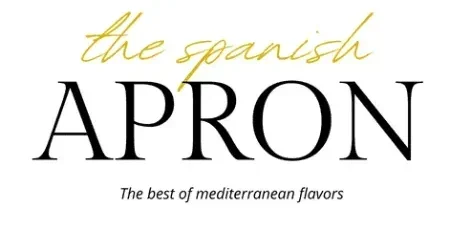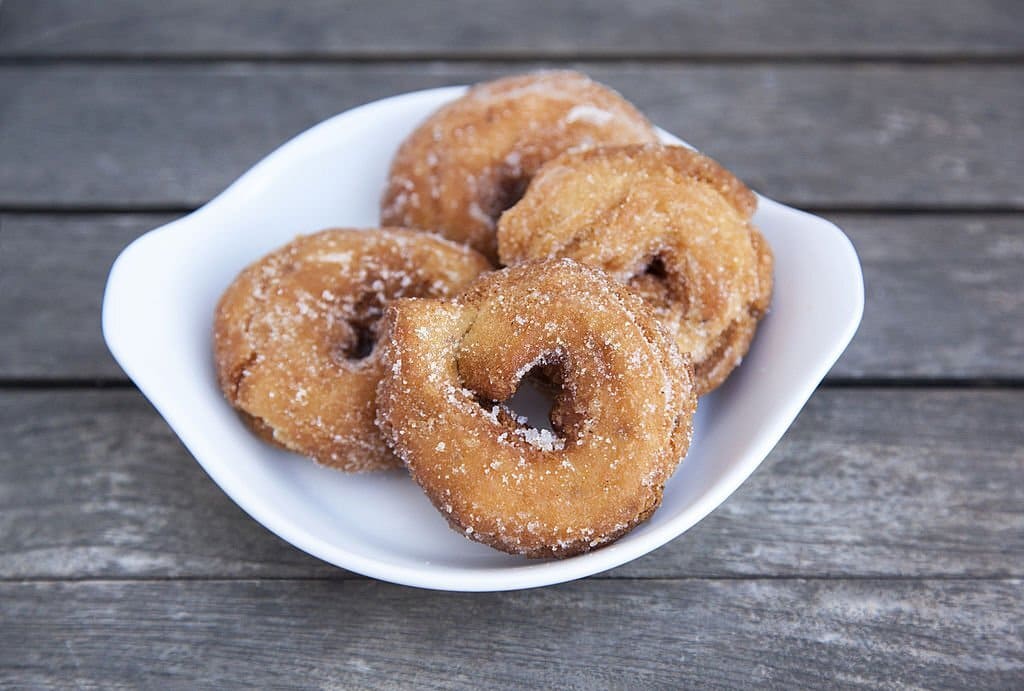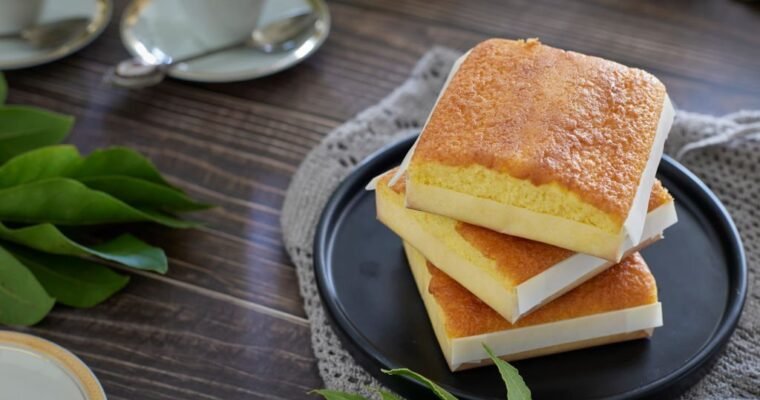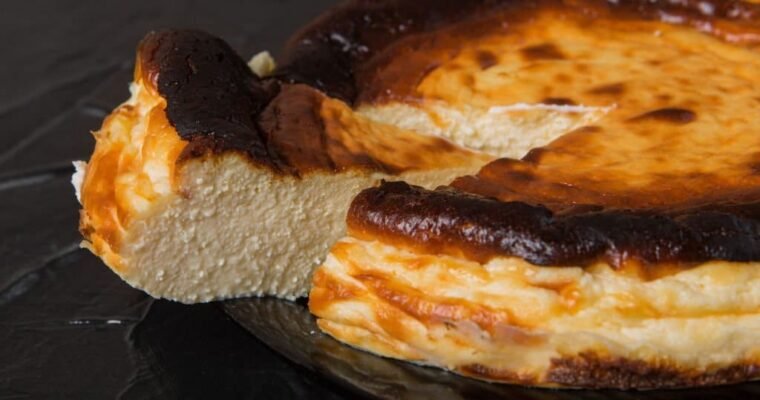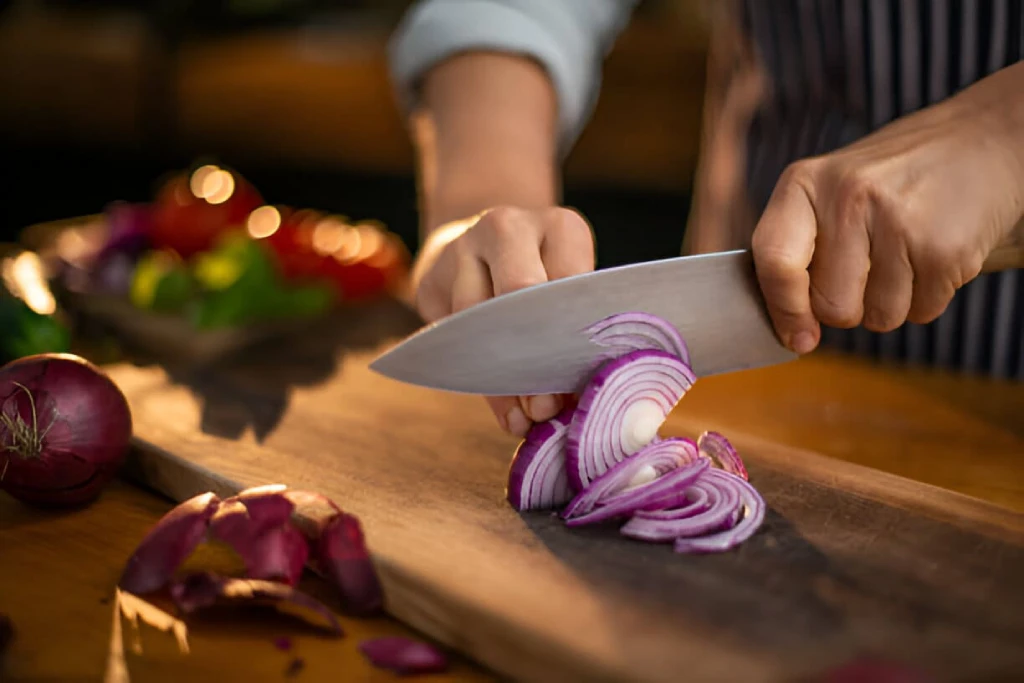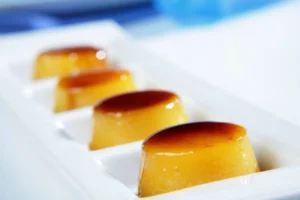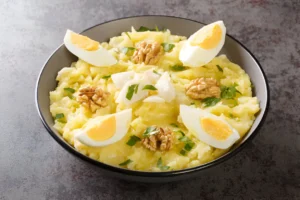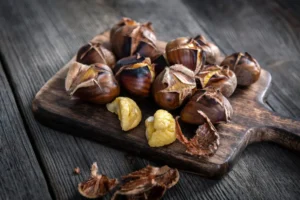Rosquillas, also known as Spanish doughnuts, are a delightful pastry that holds a special place in Spanish culinary culture. In this article, we will explore the history of this traditional treat, provide an easy rosquillas recipe, discuss variations, and share some tips and tricks for making the perfect batch of Spanish rosquillas.
The History of Rosquillas: A Sweet Journey Through Time
The origins of rosquillas can be traced back to ancient Mediterranean civilizations, where similar circular-shaped pastries were enjoyed. Over time, these treats made their way to the Iberian Peninsula and became a popular delicacy in Spain. The word “rosquilla” comes from the Latin term “rotae,” which means “wheels” or “rings.”
Variations on a Classic: Exploring Different Spanish Rosquillas Types
While the traditional rosquillas recipe is widely loved, regional variations have emerged throughout Spain. Here are a few notable variations:
- Rosquillas de Santa Clara: Originating from the city of Moguer, these rosquillas are made with almonds, cinnamon, and lemon zest, giving them a unique flavor profile.
- Rosquillas de San Isidro: Hailing from Madrid, these rosquillas are often made with anise liqueur, creating a distinct taste. They are typically glazed with a sugar coating.
Tips and Tricks for Perfect Spanish Rosquillas Every Time
- Rest the dough: Allowing the dough to rest for 30 minutes before shaping the rosquillas helps improve its elasticity and results in a lighter texture.
- Maintain the oil temperature: When frying the rosquillas, ensure the oil is heated to a consistent temperature (around 350°F/180°C) to achieve even browning and prevent them from becoming greasy.
- Glazing technique: Dip the rosquillas into the glaze while they are still warm, as this allows the glaze to adhere better. Place them on a wire rack to allow excess glaze to drip off.
Spanish rosquillas are a beloved pastry with a rich history and a variety of delightful variations. With this easy rosquillas recipe, you can recreate this traditional treat in the comfort of your own kitchen. Whether you enjoy the classic version or decide to explore regional variations, rosquillas are sure to satisfy your sweet cravings. So put on your apron, gather the ingredients, and embark on a culinary adventure with Spanish rosquillas!
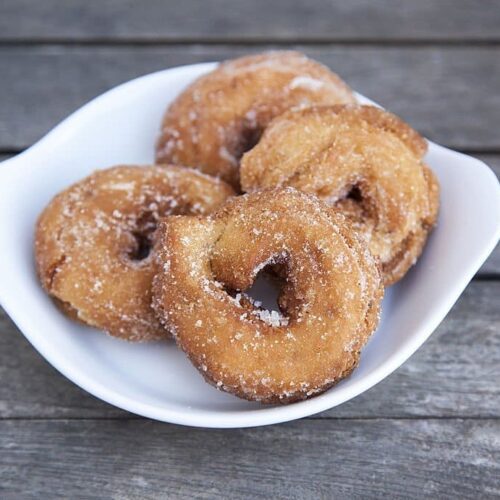
Spanish Rosquillas: A Delicious Treat with a Rich History
Ingredients
- 2 cups All purpose flour
- ½ cup Granulated Sugar
- ½ tsp Baking powder
- ¼ tsp Salt
- 2 Large eggs
- ¼ cup Olive oil
- ¼ cup Milk
- Zest of 1 lemon
- Vegetable oil for frying
For the Glaze
- 1 cup Powdered sugar
- 2-3 tbsp Lemon juice
Instructions
- In a large mixing bowl, combine the flour, granulated sugar, baking powder, and salt. Mix well.
- In a separate bowl, beat the eggs lightly. Add the olive oil, milk, and lemon zest. Whisk together until well combined.
- Pour the wet ingredients into the bowl with the dry ingredients. Stir until a dough starts to form. Use your hands to knead the dough until it becomes smooth and elastic.
- Cover the dough with plastic wrap and let it rest for about 30 minutes.
- After the resting period, take small portions of the dough and roll them into thin ropes, about 1/2 inch thick. Join the ends of each rope to form a ring shape. Repeat until all the dough is used.
- In a deep pot or skillet, heat vegetable oil over medium heat. The oil should be about 2 inches deep.
- Carefully place a few rosquillas into the hot oil and fry until they turn golden brown on both sides. Make sure to flip them halfway through for even cooking. Remove the fried rosquillas using a slotted spoon and place them on a paper towel-lined plate to absorb any excess oil. Repeat until all the rosquillas are fried.
- Once the rosquillas have cooled slightly, prepare the glaze. In a small bowl, whisk together powdered sugar and lemon juice until you get a smooth, pourable consistency.
- Dip each rosquilla into the glaze, ensuring they are well coated. Place them on a wire rack or a plate to allow the glaze to set.
- Let the rosquillas sit for about 15-20 minutes until the glaze hardens. They are now ready to be enjoyed!
